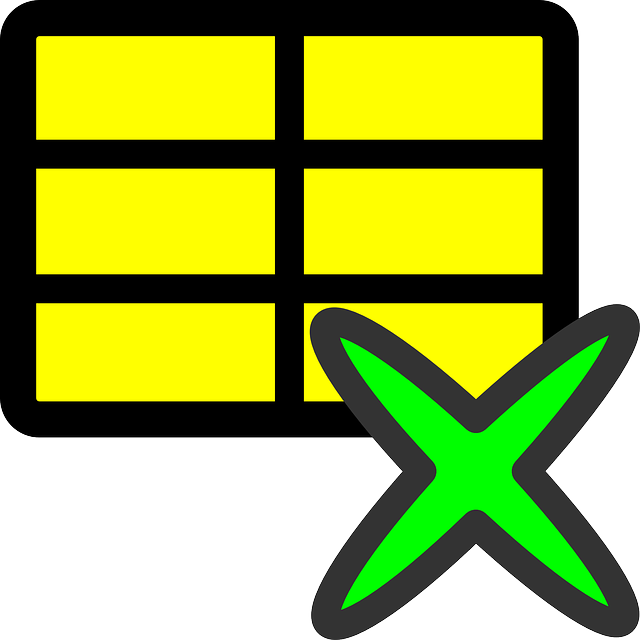Businesses seeking improved cash flow have two options: Purchase Order (PO) financing and Invoice Factoring. PO financing advances funds against future invoices linked to customer orders, offering a forward-looking approach with repayment tied to settlement. Invoice factoring, instead, provides immediate liquidity by selling outstanding invoices at a discount but requires ceding future revenue streams. Companies should compare these methods based on interest rates, fees, and their specific cash flow needs to choose the best fit for their financial objectives, considering industry standards, creditworthiness, and growth prospects.
In today’s fast-paced business landscape, efficient cash flow management is crucial for growth. Two popular methods to improve liquidity are Purchase Order (PO) Financing and Invoice Factoring—but which is best? This article delves into these alternatives, offering insights on their unique features. Understanding the differences between PO financing and factoring is key to making informed decisions. We’ll explore how each method impacts cash flow, examines their advantages and drawbacks, and provides a comprehensive guide to selecting the optimal solution for your business needs.
- Understanding Purchase Order Financing and Invoice Factoring
- Key Differences Between PO Financing and Factoring
- Comparing and Choosing Between PO Financing and Invoice Factoring for Cash Flow Management
Understanding Purchase Order Financing and Invoice Factoring

Purchase Order (PO) financing and Invoice Factoring are two distinct methods businesses use to improve their cash flow. PO financing involves a financial institution advancing funds against an upcoming invoice, typically linked to a purchase order from a customer. This provides working capital to businesses before they receive payment from the customer, essentially accelerating their cash cycle.
Invoice factoring, on the other hand, is a process where a business sells its outstanding invoices to a third-party factor at a discount. The factor then collects the full amount of the invoice directly from the customer. This method offers immediate liquidity but involves giving up future revenue streams in exchange for upfront funding. Comparing PO financing and factoring, businesses must consider factors like interest rates, fees, and their specific cash flow needs to determine which approach aligns best with their financial goals.
Key Differences Between PO Financing and Factoring

When comparing purchase order financing (PO financing) and invoice factoring, understanding their key differences is essential for businesses looking to improve cash flow. PO financing involves funding based on outstanding purchase orders, allowing companies to receive money before the supplier ships the goods or services. This method provides working capital by advancing a percentage of the total order value, with repayment typically occurring once the buyer receives and pays the invoice.
In contrast, invoice factoring is a process where businesses sell their accounts receivable (invoices) to a third-party factor for immediate cash. The factor assumes the risk of non-payment by the buyer and collects the full amount due from them, minus fees and discounts. This option offers faster access to funds, often within 24 hours, but it can be more expensive than PO financing as it involves selling future revenue streams.
Comparing and Choosing Between PO Financing and Invoice Factoring for Cash Flow Management

When it comes to managing cash flow, businesses often find themselves deciding between Purchase Order (PO) Financing and Invoice Factoring. Both options serve as financial tools designed to improve cash flow by accelerating the collection process, but they function differently. PO Financing involves funding against outstanding POs, enabling businesses to receive immediate payment for goods or services yet to be delivered. This method is ideal for maintaining supply chain relationships and managing production schedules. On the other hand, Invoice Factoring involves selling invoices (or accounts receivable) to a third-party factor in exchange for immediate cash. This quickens the collection process, providing businesses with rapid access to funds tied up in outstanding invoices.
Comparing PO Financing and Invoice Factoring requires understanding their unique advantages and drawbacks. PO financing maintains control over accounts receivable but may have longer settlement times compared to factoring. Conversely, factoring offers quicker funding but involves giving up some future revenue and potentially higher costs. Businesses should consider their cash flow needs, payment terms with suppliers, and the overall financial health of their operations when choosing between these two strategies. Factors such as industry standards, creditworthiness, and growth plans also play significant roles in determining which method aligns better with their financial goals.






